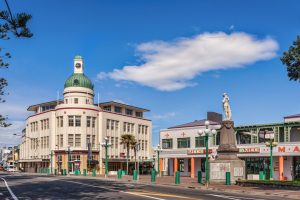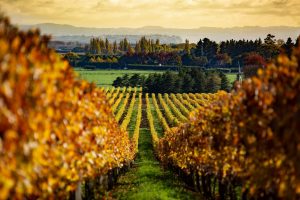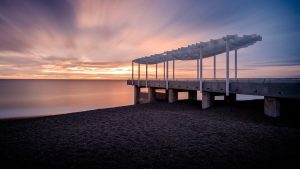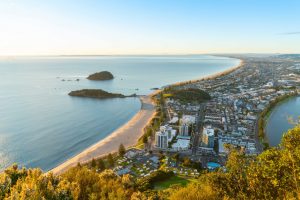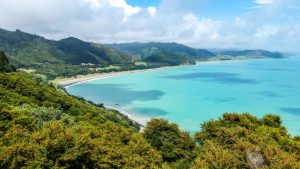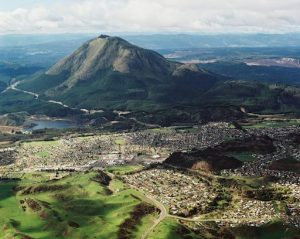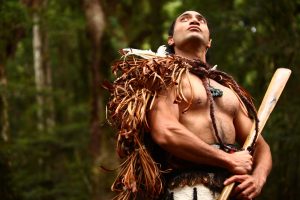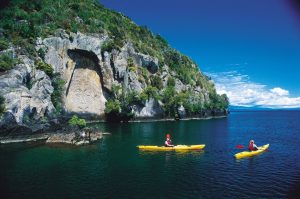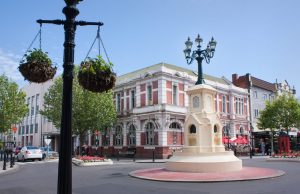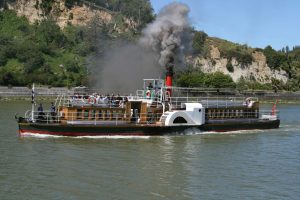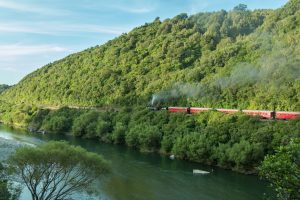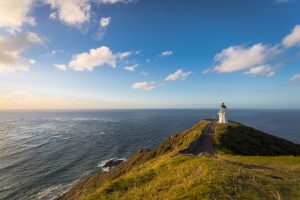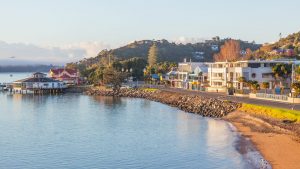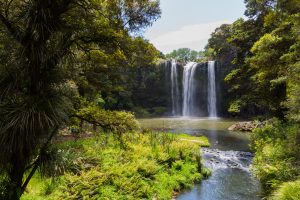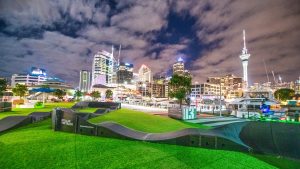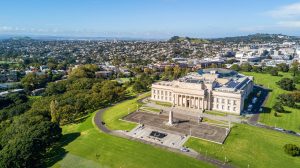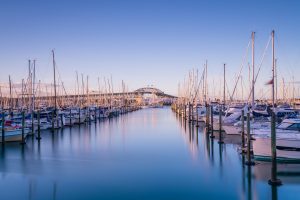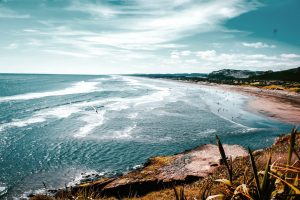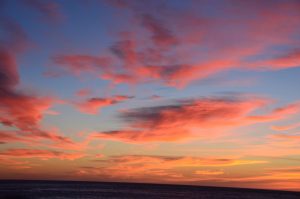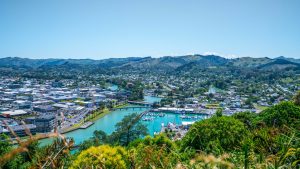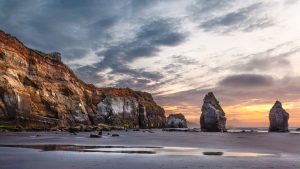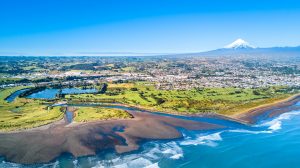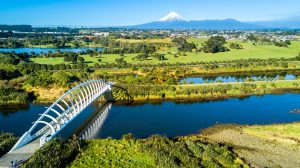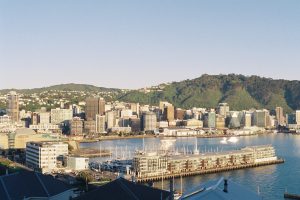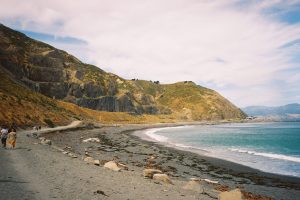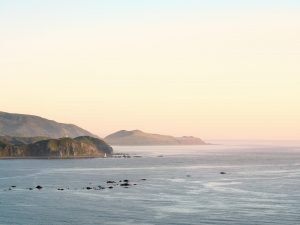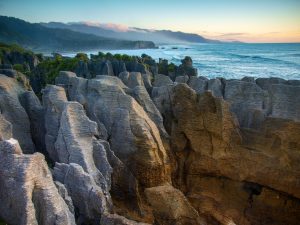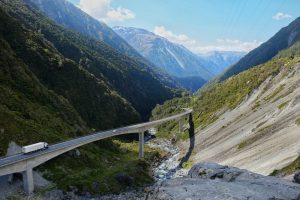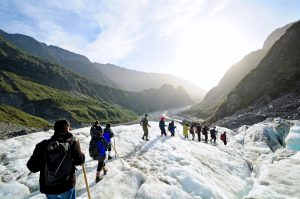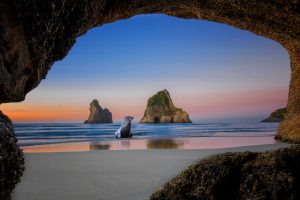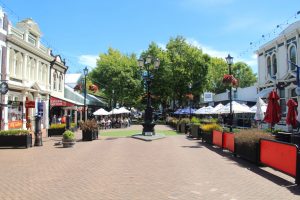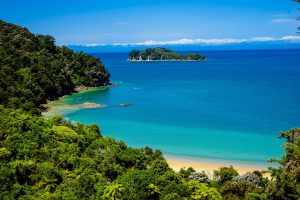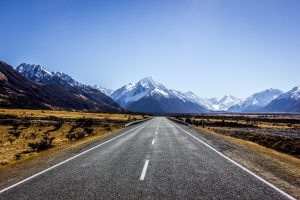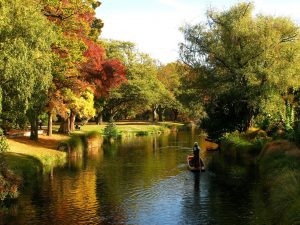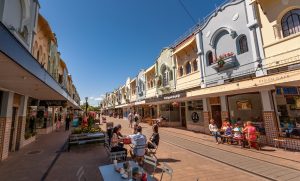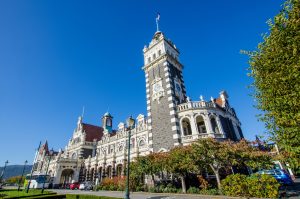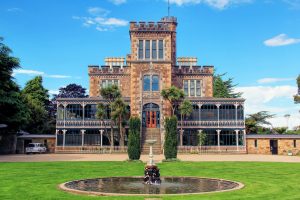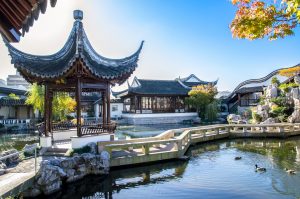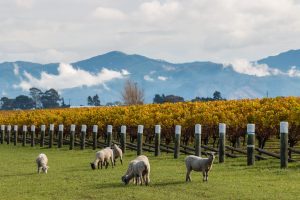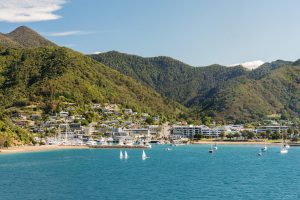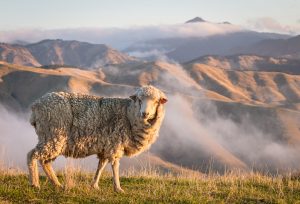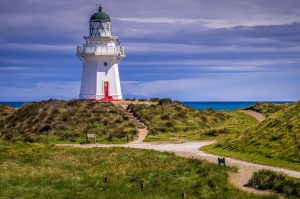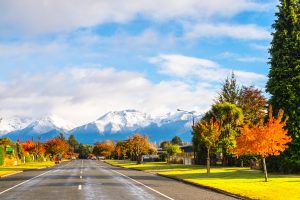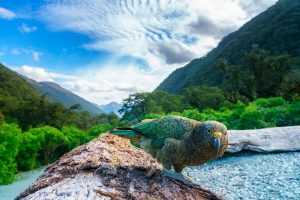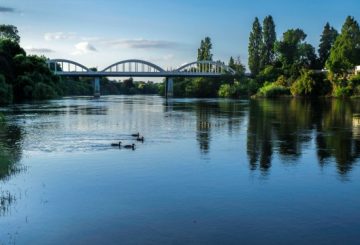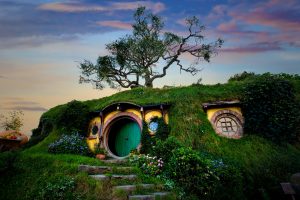Sơ yếu lý lịch (CV)
Viết một CV mà sẽ thu hút sự chú ý của một nhà tuyển dụng tiềm năng không phải là điều dễ dàng. Tuy nhiên, có một số mẹo và chuyến đi có thể giúp bạn.
Đừng làm cho CV quá dài
CV thường chỉ dài hai hoặc ba trang ở New Zealand. Bạn không muốn làm cho trang CV và trang của bạn dài và làm cho bất cứ ai đang đọc nó. Hãy chắc chắn rằng bạn có tất cả các thông tin cần thiết trong đó có liên quan đến công việc bạn đang nộp đơn. Nếu bạn có thông tin trong đó không tương đồng và có thể sẽ không gây ấn tượng với nhà tuyển dụng tiềm năng của bạn thì bạn cần phải lấy nó ra. Đó là về chất lượng không phải số lượng.
Thể hiện các kỹ năng giúp bạn có được công việc
CV của bạn phải phù hợp với bất kỳ công việc nào bạn đang ứng tuyển. Hãy chắc chắn rằng nó có đầy đủ các kỹ năng và kinh nghiệm có liên quan đến công việc và có thể giới thiệu lý do tại sao bạn nên ở trong vị trí này.Hãy xem đặc điểm kỹ thuật công việc cho vị trí bạn đang ứng tuyển và cố gắng tìm kiếm các kỹ năng và kinh nghiệm có thể liên kết đến các điểm trong đó và đảm bảo chúng được đưa vào đâu đó trong CV của bạn.
Thêm thông tin tham khảo
Nhà tuyển dụng không có cách nào để biết liệu bạn có giỏi như CV của bạn như những gì bạn cung cấp. Đây là lý do tại sao rất nhiều nhà tuyển dụng sẽ dựa vào tài liệu tham khảo từ các vị trí bạn đảm nhận trước đó. Nếu bạn có bất kỳ tài liệu tham khảo tốt, sau đó đảm bảo rằng bạn bao gồm các tài liệu tham khảo này. Điều này có thể giúp bạn nổi bật so với đám đông và có thể đưa bạn cuộc phỏng vấn tất cả quan trọng hơn một người khác.
Kiểm tra lỗi ngữ pháp và chính tả
Một số nhà tuyển dụng thậm chí sẽ không trao cho bạn cơ hội làm việc nào đó nếu có những sai lầm về ngữ pháp và chính tả trong một CV. Sử dụng tính năng kiểm tra chính tả và sau đó đưa nó cho người khác, người có khả năng quan sát và kiểm tra lại tất cả.
Bao gồm thư xin việc
Có một CV tuyệt vời là điều quan trọng, tuy nhiên bạn cũng cần phải đảm bảo rằng bạn có một thư xin việc mà bạn có thể gửi cho họ cũng thực sự hấp dẫn và thú vị. Thư xin việc nên bao gồm:
- Lý do bạn muốn công việc
- Những gì bạn có thể cung cấp cho người sử dụng lao động
- Điểm nổi bật về kỹ năng, trình độ và kinh nghiệm của bạn mà bạn có phù hợp với công việc

